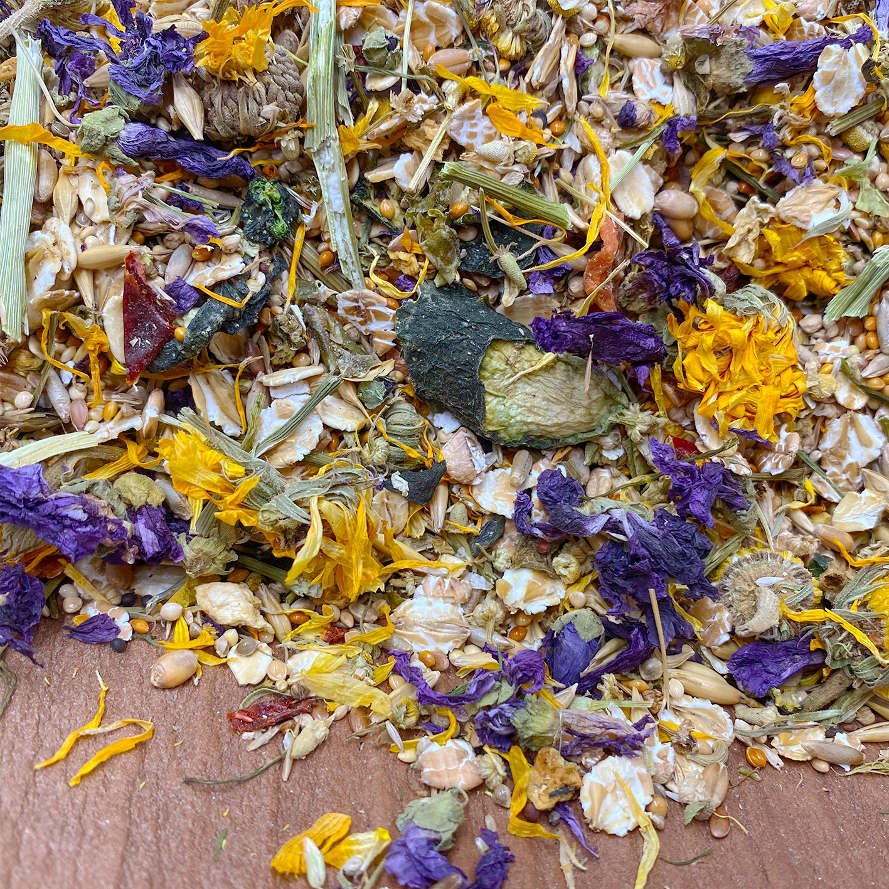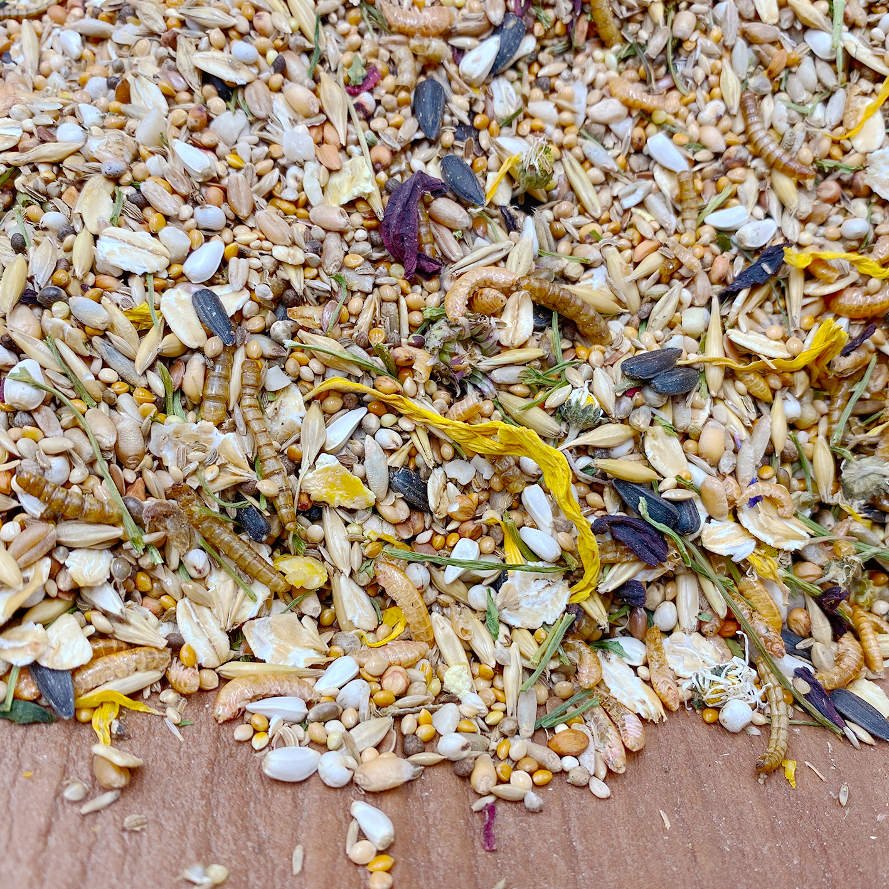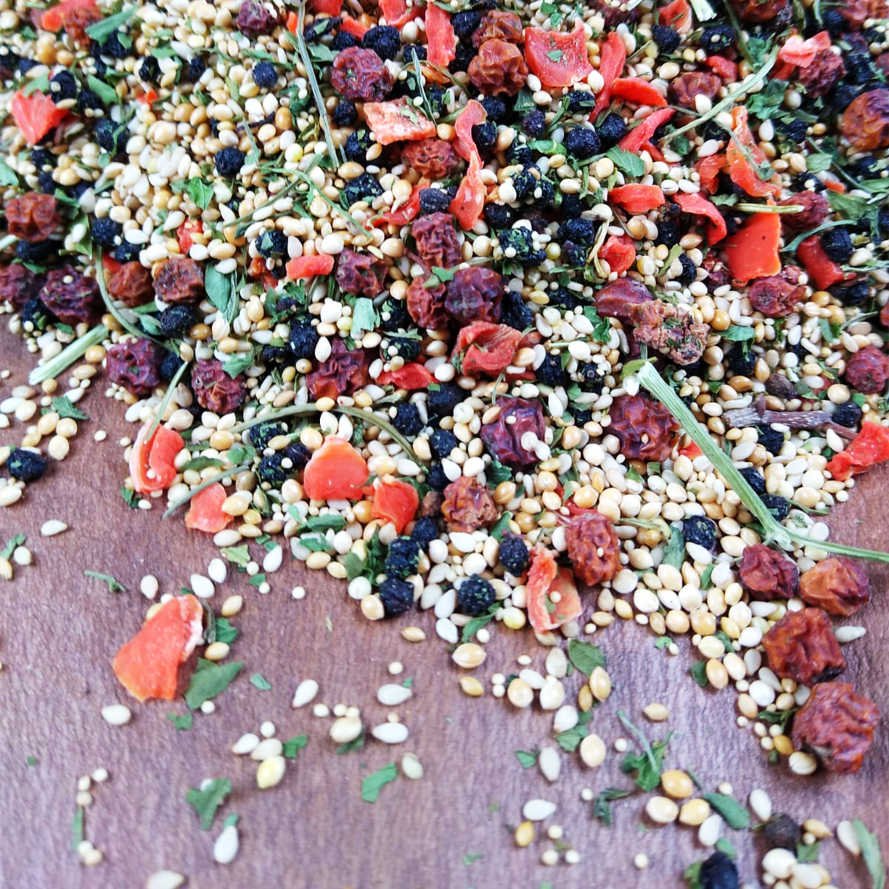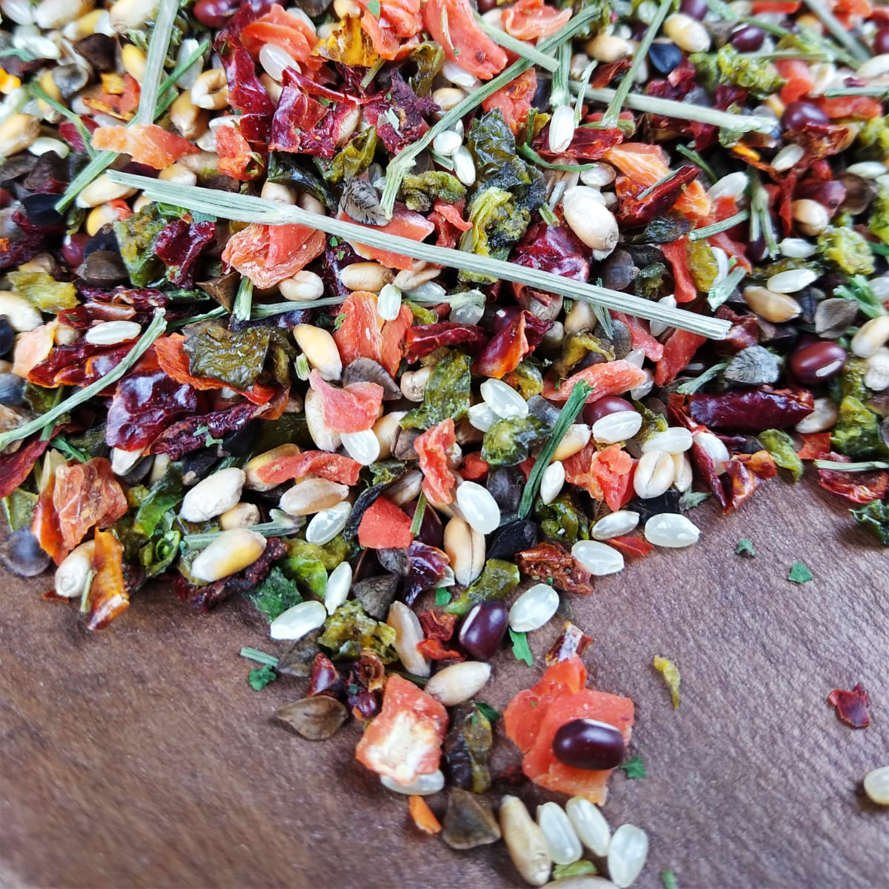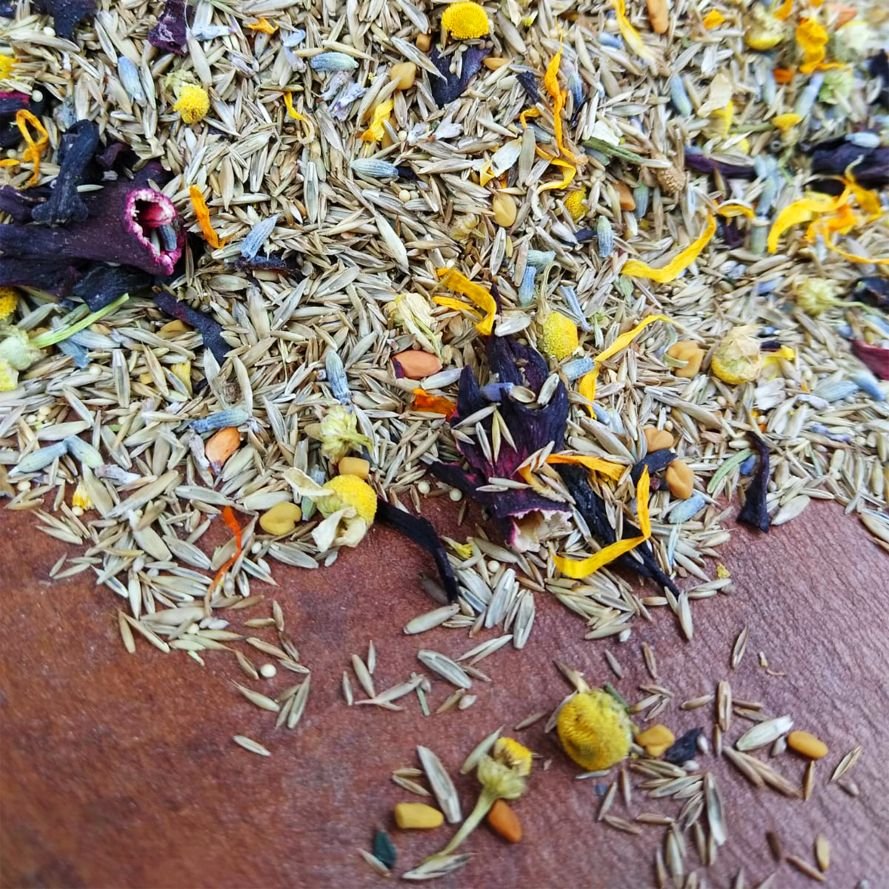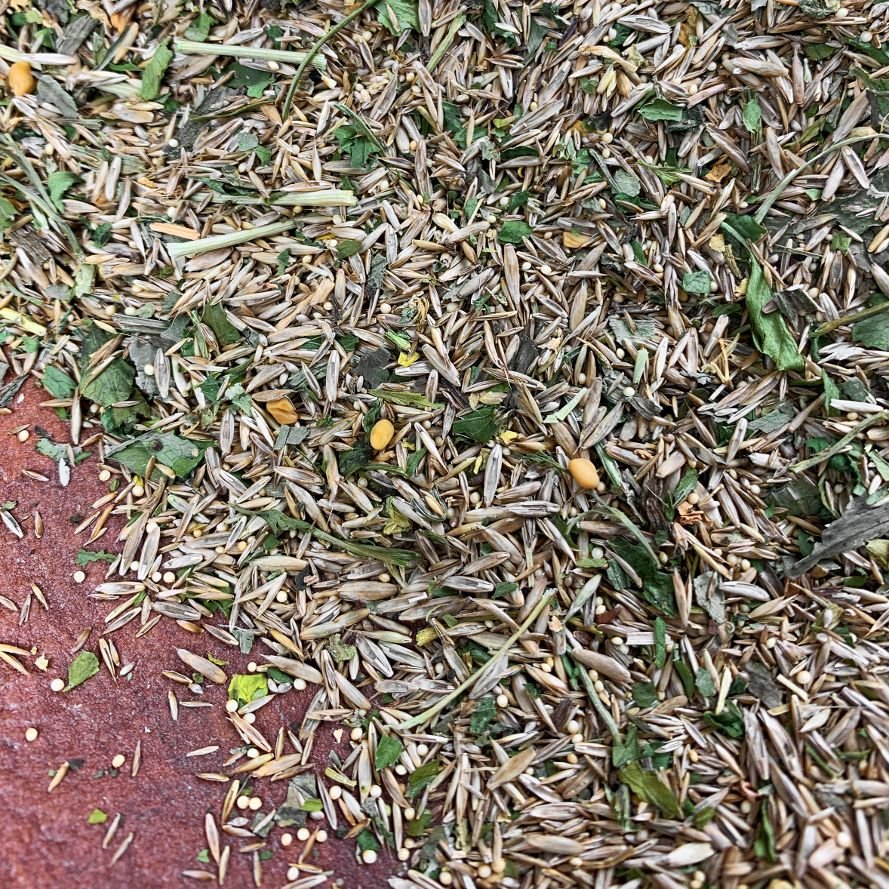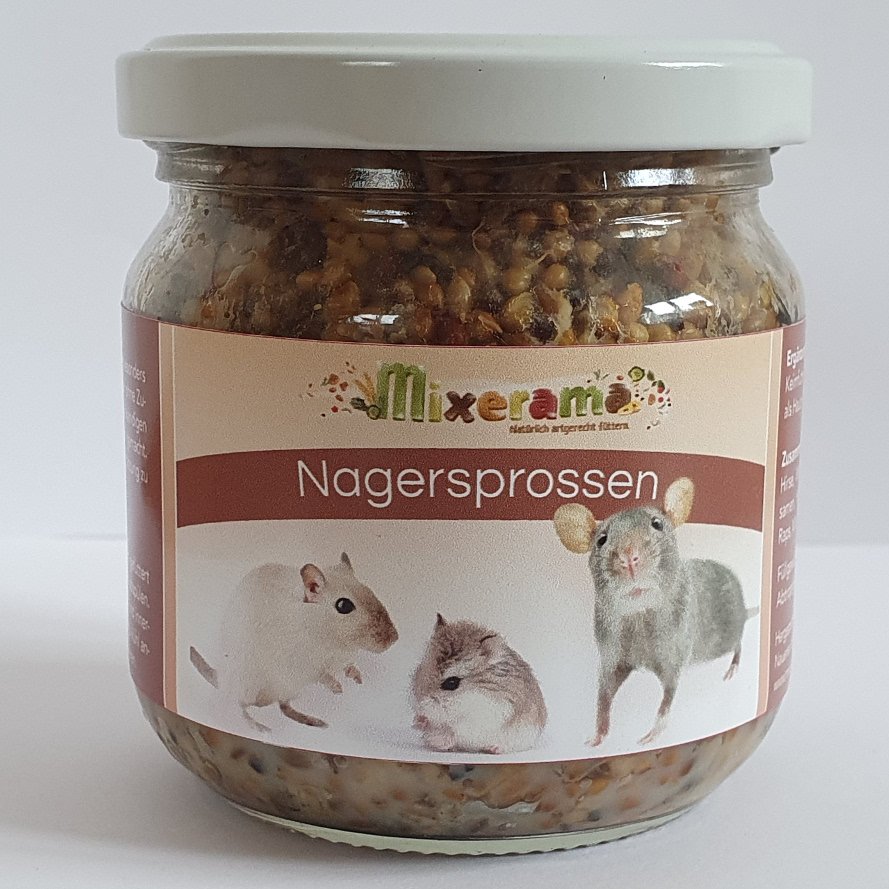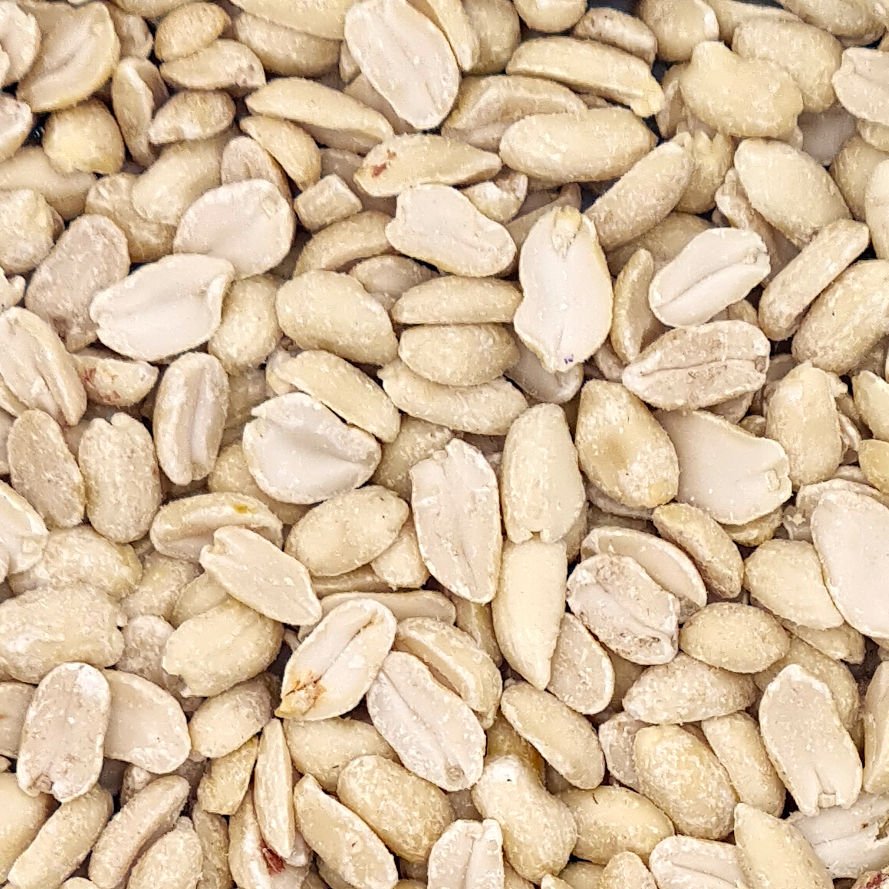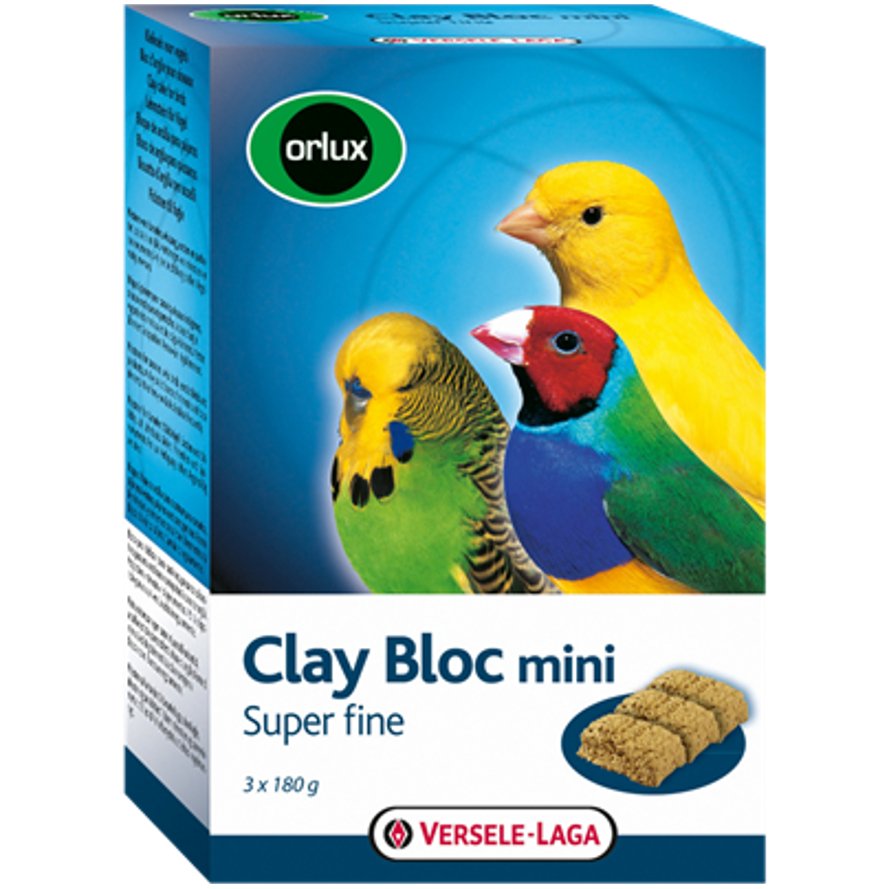
Food for gerbils & colour mice
Welcome to the mice world of Mixerama! Here you will find high-quality and healthy food for the species-appropriate nutrition of color mice and gerbils. From healthy mouse food to tasty flowers and grass seeds - our carefully selected products offer a varied and species-appropriate diet for your little mice. Buy good food and pay attention to the right nutrition for color mice and gerbils and make sure that they feel completely well!- Basic feed for your own mixtures
- Ideal ratio of flour to oilseeds
Content: 0.5 kg (€9.00* / 1 kg )
- WITHOUT animal protein
- Flour and oilseeds with flowers and vegetables
Content: 0.5 kg (€13.00* / 1 kg )
- Balanced complete food for active coloured mice
- with animal protein, flowers and herbs
Content: 0.5 kg (€11.00* / 1 kg )
- s mall seeds for smaller parakeets
- low in fructose
Content: 0.5 kg (€9.00* / 1 kg )
- Cooked food with vegetables based on wheat & rice
- for large parakeets & parrots
- satiating
Content: 0.5 kg (€9.00* / 1 kg )
- With 9 different flowers from natural medicine
- Flowers can also be used for tea
Content: 0.1 kg (€45.00* / 1 kg )
- Complete feed for Mongolian gerbils
- Flour and oil seeds in a ratio of 70:30
Content: 0.5 kg (€13.00* / 1 kg )
- improved recipe of grass and flower supplement
- 5 varieties of grass seed and 4 varieties of flowers
Content: 0.5 kg (€19.00* / 1 kg )
- 6 different grass seed varieties with fine herbs
- millet and grain-free
Content: 0.5 kg (€19.00* / 1 kg )
- Improved recipe of the Health Extra
- High-quality herbal seeds known from herbal medicine
Content: 0.5 kg (€20.00* / 1 kg )
- ready-to-use sprouted food for hamsters, mice and rats
- Important nutrients, minerals and vitamins
Content: 210 Milliliter (€2.62* / 100 Milliliter )
- as an extra portion of vitamins, for feeding or as a treat
- made from 100% natural fruit, berries and vegetables
Content: 0.5 kg (€22.00* / 1 kg )
Darüber freut sich dein Liebling...
The story of the color mouse
The history of the Mongolian gerbil
Diet and species-appropriate husbandry of the color mouse
Nutrition and species-appropriate husbandry of the gerbil
The pet food from the specialized trade should not be chosen, since it does not correspond to the animal need. The composition of gerbil food does not speak for a species-appropriate diet and is provided with too much grain, as well as colored or popped components. The enclosure should be the natural substitute for its home. Even if they get their occasional run, however, they spend a lot of time in this enclosure. For this reason, care should be taken to provide an appropriate size. An enclosure with a dimension of 120 x 60 x 80 cm is a minimum area, which should be respected. After all, the gerbils want to move, sleep, burrow and eat.
Health and diseases in color mice
A gerbil or a color mouse does not really show its illness due to its nature. It continues to eat and it tries to stay with the pack. This offers it further protection and one must eat to survive also. For this reason, diseases usually remain hidden from the owner for a very long time. Only when one notices weakness or a loss of weight, it is usually already too late to carry out a treatment. That is exactly why it is indispensable that every owner observes his color mice closely.
Gerbils health and diseases
Also a Mongolian gerbil does not show its illness. It continues to eat just like the color mouse and it tries to stay with the pack. Diseases are discovered thus only late. Only when you notice weakness or weight loss, it is usually already too late and the animal usually does not make it. That is why it is absolutely important that every owner keeps an eye on his Mongolian gerbil.
Color mouse behavior and interaction
Color mice have a distinctive hierarchy among themselves. This is also maintained with rituals. Color mice play with each other by jumping on each other or chasing each other. Then they usually also make sounds. Color mice are also very clean and spend a lot of time cleaning each other. So it is obligatory to keep more than one color mouse. Each pack marks the territory with feces and urine. Color mouse females are very peaceful among their conspecifics and it can happen that they even help each other in raising the young. The males usually have conflicts due to rank fights.
Behavior and interaction of Mongolian gerbils
The first rule is that Mongolian gerbils need at least one conspecific! Keeping a color mouse and gerbil together is also not recommended. It can come to biting. Because of the species specific similarity with mice or even degus, it is assumed that these animals can be kept together. This is an absolute fallacy and must not be practiced under any circumstances. The animals chase each other and bite each other to death. Even the encounters outside the enclosure in the run usually end bloody.


